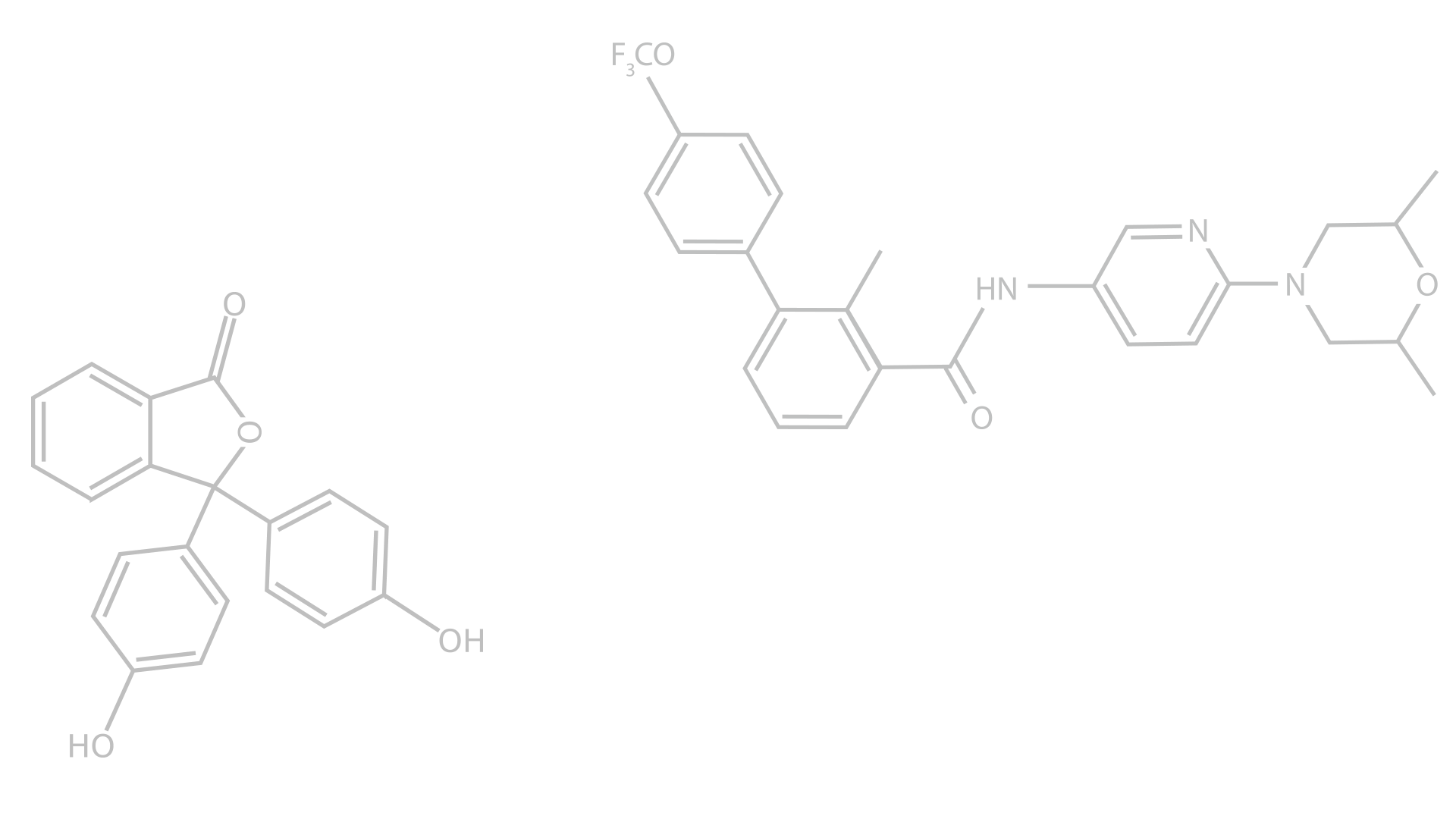


Demystifying Inductively Coupled Plasma (ICP) Analysis for Diverse Applications
Introduction
In the realm of analytical chemistry, precision and accuracy are paramount across a myriad of fields—from environmental monitoring to pharmaceutical research, and beyond. Inductively Coupled Plasma (ICP) analysis emerges as a cornerstone technology, offering detailed insights into the elemental composition of various samples. This guide introduces the essentials of ICP analysis, emphasizing its benefits, limitations, and the pivotal distinctions between ICP Optical Emission Spectroscopy (OES) and ICP Mass Spectrometry (MS), to aid in selecting the most suitable method for diverse analytical needs.
Understanding ICP Analysis
ICP analysis utilizes a plasma torch that reaches temperatures comparable to the surface of the sun to ionize the sample, allowing for the detection and quantification of metals and some non-metals in liquid matrices. Known for its robustness, sensitivity, and versatility, ICP serves as a critical tool across a wide range of applications, from environmental testing to materials science.
Benefits and Limitations
The technique's high sensitivity enables the detection of elements at trace levels, often down to parts per billion (ppb) or even parts per trillion (ppt) for some elements. ICP analysis also boasts a broad dynamic range, facilitating the measurement of both trace and major elements within the same analysis. However, it's important to recognize that ICP requires expert handling, especially in sample preparation and data interpretation. Moreover, the cost and complexity of ICP equipment may not be justified for all analytical tasks.
Choosing Between ICP-OES and ICP-MS
A key decision in leveraging ICP technology lies in choosing between its two main variants: ICP Optical Emission Spectroscopy (OES) and ICP Mass Spectrometry (MS). The choice depends on the specific requirements of the analysis, including the need for sensitivity, the possibility of interferences, and the type of information required.
ICP-OES is often preferred for routine analysis when high throughput and a wide range of element detection are needed. It works by measuring the light emitted at specific wavelengths from the ionized elements in the plasma, providing quantitative data on the elemental composition. ICP-OES is particularly useful when analyzing a large number of samples or when elements present in higher concentrations are of interest.
ICP-MS offers enhanced sensitivity and the ability to measure isotopes, making it the method of choice for trace element analysis and studies requiring precise isotopic composition data. By quantifying ions based on their mass-to-charge ratio, ICP-MS can achieve lower limits of detection compared to ICP-OES and can better handle complex matrices with minimal interference. It's ideal for applications requiring the analysis of low-abundance elements or when dealing with samples where specific isotopes need to be distinguished.
Limits of Detection (LODs) and Sample Suitability
Both ICP-OES and ICP-MS excel in scenarios where sensitivity and precision are critical. They can accommodate a diverse array of sample types, including waters, soils, biological materials, and industrial products, provided the samples are properly prepared. The choice of technique will influence the LODs achievable, with ICP-MS generally offering lower detection limits. Sample matrix and the elements of interest play a crucial role in determining the most appropriate method and preparation technique.
Sample Preparation Requirements
Accurate results hinge on meticulous sample preparation. Samples may need to be diluted, digested, or otherwise treated to ensure compatibility with the ICP analysis method chosen. This step is critical to avoid instrument contamination, reduce matrix interferences, and ensure the longevity and accuracy of the analytical equipment.
Conclusion
Inductively Coupled Plasma (ICP) analysis is an invaluable tool in the arsenal of analytical techniques, distinguished by its sensitivity, precision, and adaptability to a wide range of analytical needs. Whether your focus is on environmental analysis, quality control in manufacturing, or groundbreaking research, understanding the nuances of ICP-OES and ICP-MS will empower you to select the optimal approach for your specific requirements, ensuring high-quality data and insights.